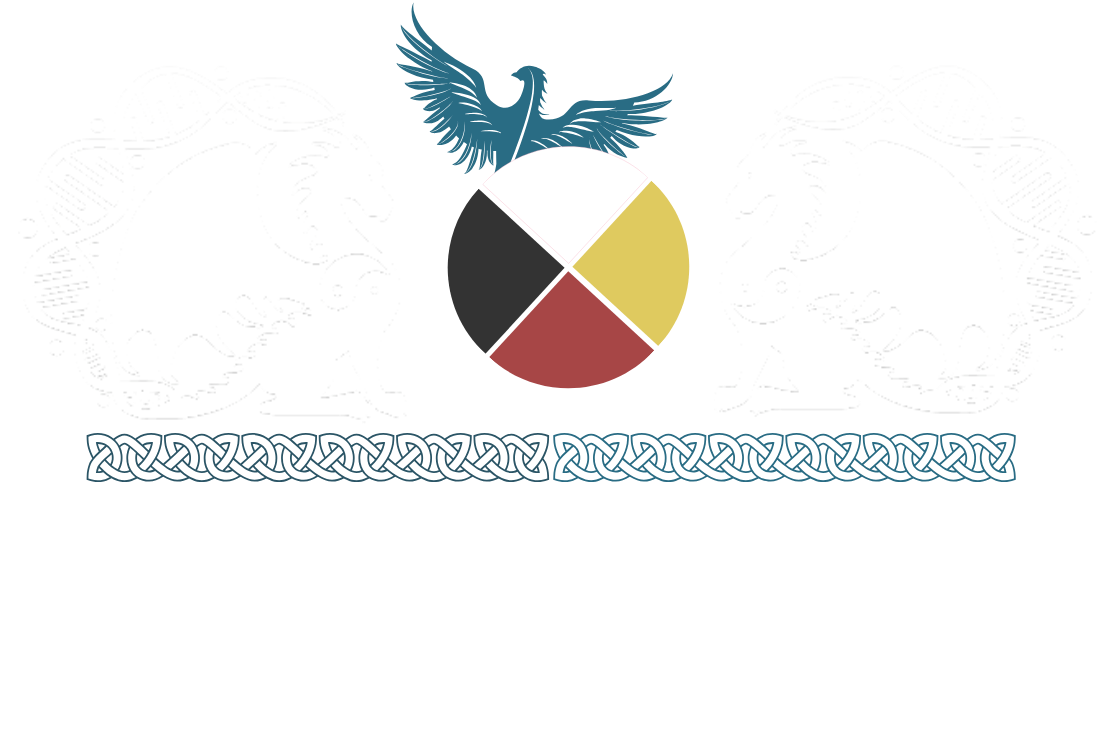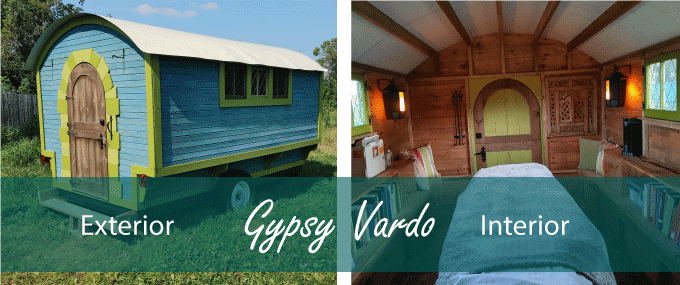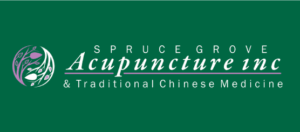Modalities
Alberta Beach Area
Gypsy Vardo – Acreage
My studies began with Cranio Sacral Therapy in 2011. Since then my studies have expanded to include:
- Cranio sacral therapy (CS1, CS2, SER1, SER2, Advanced, SER: Mastering the inner physician, CST for conception, pregnancy, and birth)
- Aromatherapy
- Life Coaching
- Equine Facilitated Wellness (rooted in the attachment and developmental psychology of Dr Gordon Neufeld)
- Lymphatic balancing-lower quadrant
- Traditional Chinese Medicine at MacEwan University
- Tao of Trauma
- Somatic Experiencing
- Qigong
But my education really began in 2001 with the birth of my oldest son with special needs and the 3 special needs children that followed. The journey with my children and my own traumas and healing have been my greatest education. My modalities opened the avenue to the deep healing I didn’t even know I needed.
Traditional Chinese medicine is a system of medicine partially based on the idea that an energy, called qi (say “chee”), flows along pathways in the body called meridians. If the flow of qi along these meridians is blocked or unbalanced, illness can occur. In China, doctors have practiced traditional Chinese medicine for thousands of years, and it is gaining in popularity in many Western countries.
Causes of qi imbalance are thought to involve external forces, internal forces as well as lifestyle factors, such as poor diet, too little sleep, or too much alcohol. Another important concept in traditional Chinese medicine is the concept of yin and yang. In this approach, all things, including the body, are composed of opposing forces called yin and yang. Health is said to depend on the balance of these forces. Traditional Chinese medicine focuses on maintaining the yin-yang balance to maintain health and prevent illness. The most basic example of yin and yang in the body is the sympathetic and parasympathetic nervous system. Traditional Chinese medicine doctors look at the balance of body, mind, and spirit to determine how to restore qi, the yin-yang balance, and good health.
Some people use traditional Chinese medicine to treat problems such as asthma, allergies, mental health, menstrual dysfunction, and infertility. Traditional Chinese medicine doctors may use several modalities of traditional Chinese medicine to restore qi balance including:
Acupuncture | Uses thin metal needles placed along the body’s meridians.
Acupressure | Uses the hands or fingers to apply direct pressure to points along the body’s meridians.
Chinese Herbs | Help to restore balance in the body.
Cupping | Uses warm air in glass jars to create suction placed on areas of the body to help stimulate qi.
Diet | Yin and Yang foods can help restore the yin-yang balance in the body.
Massage (Tui Na) | Used on specific areas of the body or along the body’s meridians.
Moxibustion | Uses small amounts of heated plant fiber (moxa, or Chinese mugwort) on specific areas of the body.
Qi Gong | Uses movement, breathing techniques, and meditation
Acupuncture is safe when done by a certified acupuncturist. In Alberta the provincial government regulates acupuncture, ensuring they have completed accredit training and have passed federal and provincial licensing exams.
Craniosacral Therapy
CST is a non-invasive, hands-on therapy that aims to enhance the body’s own healing capabilities.
CST uses light touch to “release restrictions in the craniosacral system to improve the functioning of the central nervous system.” This affects the pressure and circulation of cerebrospinal fluid, which is the fluid around the brain and spinal cord. This process releases fascial restrictions and relieves pain and dysfunction. CST is thought to relieve compression in the head, neck, and back. This can soothe pain and release both emotional and physical stress and tension. It’s also helps restore cranial mobility and ease or release restrictions of the head, neck, and nerves.
Cranial sacral therapy can be used for people of all ages. It may be part of your treatment for conditions like:
- Migraines & Headaches
- Constipation
- Irritable Bowel Syndrome (IBS)
- Disturbed Sleep Cycles & Insomnia
- Scoliosis
- Sinus Infections
- Neck Pain
- Fibromyalgia
- Recurrent Ear Infections or Colic in Infants
- TMJ
- Trauma Recovery, Including Trauma from Whiplash
- Mood Disorders like Anxiety, Depression & PTSD
- Difficult Pregnancies
SomatoEmotional Release
SomatoEmotional Release is a technique for bringing psycho therapeutic elements into Cranio Sacral therapy. It helps rid the mind and body of the residual effects of trauma by anatomically freeing the central channel of the body and calming the sympathetic nervous system. A result of meaningful, intentional touch and presence, SomatoEmotional Release allows for identification and removal of energy cysts along with their associated emotions.
Somatic Experiencing
From the Somatic Experiencing International Institute, “Somatic Experiencing (SE™) aims to resolve symptoms of stress, shock, and trauma that accumulate in our bodies. When we are stuck in patterns of fight, flight, or freeze, SE helps us release, recover, and become more resilient. It is a body-oriented therapeutic model applied in multiple professions and professional settings—psychotherapy, medicine, coaching, teaching, and physical therapy—for healing trauma and other stress disorders. It is based on a multidisciplinary intersection of physiology, psychology, ethology, biology, neuroscience, indigenous healing practices, and medical biophysics and has been clinically applied for more than four decades. It is the life’s work of Dr. Peter A. Levine. Check out the video here.
The SE approach releases traumatic shock, which is key to transforming PTSD and the wounds of emotional and early developmental attachment trauma. It offers a framework to assess where a person is “stuck” in the fight, flight or freeze responses and provides clinical tools to resolve these fixated physiological states. SE provides effective skills appropriate to a variety of healing professions including mental health, medicine, physical and occupational therapies, bodywork, addiction treatment, first response, education, and others.
The Somatic Experiencing approach facilitates the completion of self-protective motor responses and the release of thwarted survival energy bound in the body, thus addressing the root cause of trauma symptoms. This is approached by gently guiding clients to develop increasing tolerance for difficult bodily sensations and suppressed emotions.


